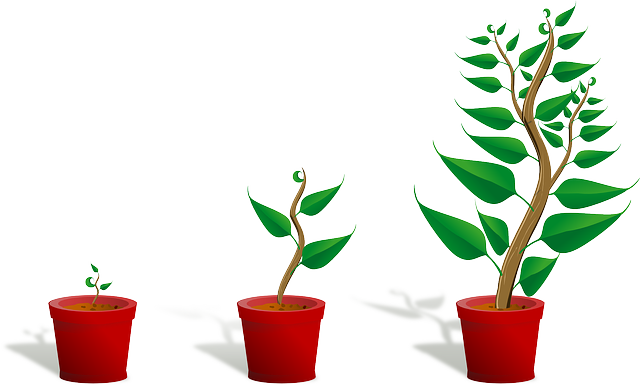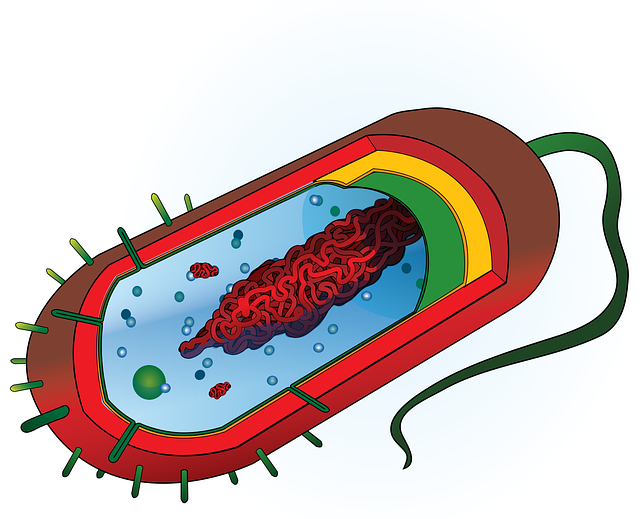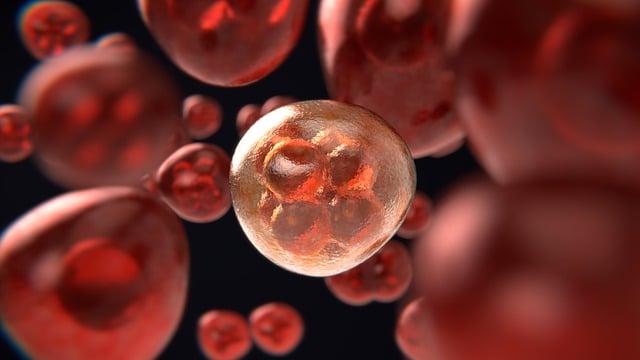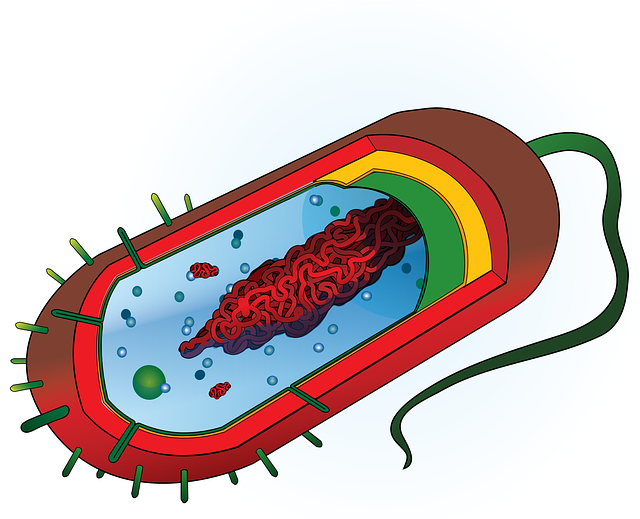The intricate composition of stem cell culture media, tailored to specific stem cell types, is crucial for successful cellular health and functionality. Variations in media formulations mimic natural environments, addressing ethical concerns through animal-component-free protocols. This enables diverse applications in stem cell research and personalized medicine, with promising advancements towards efficient stem cell banking and tailored media solutions for regenerative medicine.
“Unleashing the Potential: Optimized Stem Cell Media for Advanced Research and Applications
Stem cell culture media is a critical component in the field of regenerative medicine, shaping the future of cellular therapies. This article delves into the intricacies of optimized stem cell media, exploring its composition and the factors driving formulation advancements. From understanding the essential nutrients to deciphering complex interactions, we uncover how these media formulations are revolutionizing research. Furthermore, we discuss their diverse applications and glimpse into the promising future of this dynamic field.”
- Understanding Stem Cell Media Composition
- Factors Influencing Optimized Formulations
- Applications and Future Perspectives of Optimized Stem Cell Media
Understanding Stem Cell Media Composition

Understanding Stem Cell Media Composition is paramount to achieving successful stem cell culture media outcomes. This complex mixture encompasses a precise balance of nutrients, growth factors, and supportive components tailored to promote the specific needs of different stem cell types. Each component plays a crucial role in facilitating cellular proliferation, differentiation, and maintenance—key aspects of optimizing stem cell expansion in vitro.
The formulation of stem cell culture media for neural stem cell differentiation, for instance, differs significantly from that used for other stem cell lines due to the unique requirements of these specialized cells. Specialized stem cell media blends are designed to mimic the natural environment of stem cells, providing them with the necessary signals and resources to proliferate and differentiate in a controlled manner. By meticulously adjusting the composition, researchers can create optimal conditions, enhancing cellular health and functionality.
Factors Influencing Optimized Formulations

The development of optimized stem cell media involves a nuanced understanding of various factors that significantly impact cellular growth and survival. One key consideration is stem cell type, as different species have unique nutritional requirements. For instance, specialized media for hematopoietic stem cells differs from that suitable for neural stem cells due to variations in cytokines and growth factors needed for their maintenance and differentiation.
Additionally, media supplementation plays a pivotal role in enhancing stem cell survival and promoting optimizing stem cell expansion in vitro. Components such as serum, hormones, and trace elements must be precisely balanced. This intricate process involves careful manipulation of the cellular microenvironment to replicate natural conditions, thereby fostering robust and healthy stem cell growth.
Applications and Future Perspectives of Optimized Stem Cell Media

The applications of optimized stem cell media are vast and ever-growing. This advanced culture medium plays a pivotal role in stem cell research, enabling researchers to cultivate and maintain these versatile cells for various purposes. By removing animal components through development of animal-component-free stem cell culture protocols, scientists can address ethical considerations surrounding media selection in stem cell research. This shift not only ensures consistent and reliable results but also opens doors to broader applications, especially in the field of personalized medicine.
Looking ahead, future perspectives for optimized stem cell media are promising. Continued advancements in media formulations will enable efficient stem cell banking, preserving these cells for long-term use. Furthermore, tailored media solutions can support specific cellular needs during differentiation and specialization, leading to breakthroughs in regenerative medicine. With ongoing research, we can anticipate that optimized stem cell culture media will continue to revolutionize the landscape of stem cell technology, unlocking new possibilities for treating previously incurable diseases.
Optimized stem cell media, tailored through a deep understanding of cell needs and cultural conditions, stands as a pivotal advancement in stem cell research and therapy. By carefully balancing essential nutrients, growth factors, and supportive matrices, researchers can foster superior cell proliferation, differentiation, and functionality. As the field of regenerative medicine continues to evolve, continued refinement of stem cell culture media will be crucial for developing innovative therapies that improve patient outcomes.














